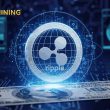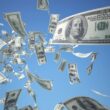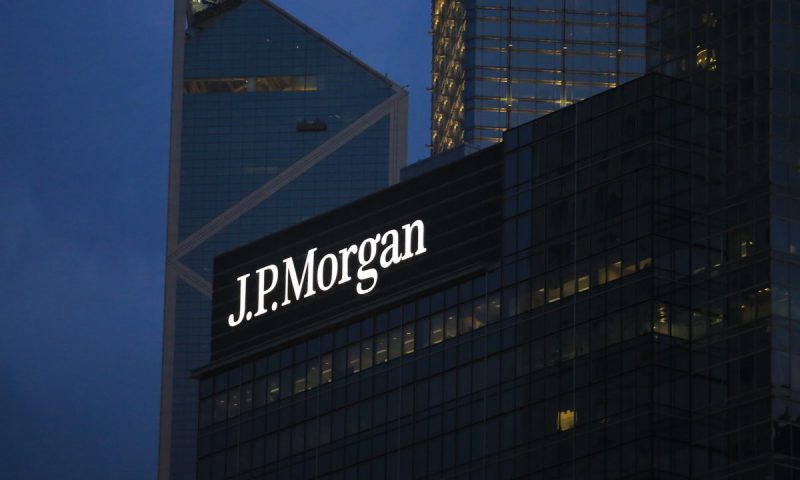JPMorgan Chase boosts dividend by 7.1% to $1.50 quarterly and has authorized a massive $50 billion stock buyback program following successful stress test completion. JPMorgan’s dividend increase represents an annual payout of $6 per share, which yields about 2.1% based on the current stock price of $290.41. This financial regulatory update comes after the Federal Reserve lowered the bank’s stress capital buffer requirement, and it enables enhanced capital distribution that addresses market volatility impact concerns for shareholders right now.
Also Read: JPMorgan Launches New Stock Market Forecast Model, Shocking Signal
How JPMorgan’s Dividend Rise And Buyback Address Market Volatility And Regulatory Concerns


Dividend Boost Details
JPMorgan‘s dividend increase of 7.1% was announced on Tuesday, and this raises the quarterly payout from the previous level. This stock buyback program accompanies the dividend boost, creating a dual approach to capital returns. The timing addresses market volatility impact by demonstrating financial strength during these uncertain economic conditions.
The annual yield of approximately 2.1% provides shareholders with steady income, and the increase also signals management confidence in the bank’s future performance. This financial regulatory update follows the bank’s successful stress test performance, which proved its resilience against economic shocks and market turbulence.
$50 Billion Buyback Authorization
JPMorgan Chase boosts dividend alongside this massive share repurchase program, which became effective on Tuesday. The stock buyback program represents one of the largest authorizations in recent banking history, and it gives the bank significant flexibility.
At the time of writing, this approach helps the bank manage its capital efficiently while the market volatility impact continues to affect investor sentiment across the financial sector. JPMorgan’s dividend increase combined with buybacks provides flexibility in returning excess capital to shareholders through multiple channels.
Regulatory Approval And Stress Test Results
The Federal Reserve lowered JPMorgan’s preliminary stress capital buffer requirement to 2.5% from 3.3%, and this enables both the dividend boost and buyback authorization. This financial regulatory update demonstrates the bank’s improved capital position following rigorous testing procedures.
The stress test evaluated the bank’s ability to withstand financial shocks, and JPMorgan’s strong performance allowed for enhanced shareholder returns. The final requirement will be announced by the end of August, with implementation set for October 1.
The reduced buffer requirement was achieved through consistent profitability and strong risk management practices. This regulatory milestone enables JPMorgan Chase boosts dividend and buyback programs while maintaining adequate capital reserves for future operations.
Market Impact And Investor Benefits
The combination creates multiple benefits for different investor types right now. Income-focused shareholders benefit from the higher quarterly payments, while those seeking capital appreciation may see value from the share repurchase effects on stock performance.
This stock buyback program can support share prices by reducing outstanding shares, and it potentially increases earnings per share metrics. JPMorgan’s dividend increase provides immediate income benefits, making the stock more attractive during periods when market volatility impact affects investor confidence levels.
The dual strategy addresses various investor preferences while demonstrating management’s commitment to shareholder value creation. This comprehensive approach to capital returns positions JPMorgan favorably among major banking institutions in the current environment.
Also Read: Senate Passes GENIUS Act as JPMorgan Meets SEC on Onchain Markets
The 7.1% dividend increase and $50 billion buyback authorization represent significant commitments to shareholder returns right now. These moves, enabled by strong regulatory performance, position JPMorgan to weather market challenges while rewarding investors through multiple channels and enhanced capital distribution.





